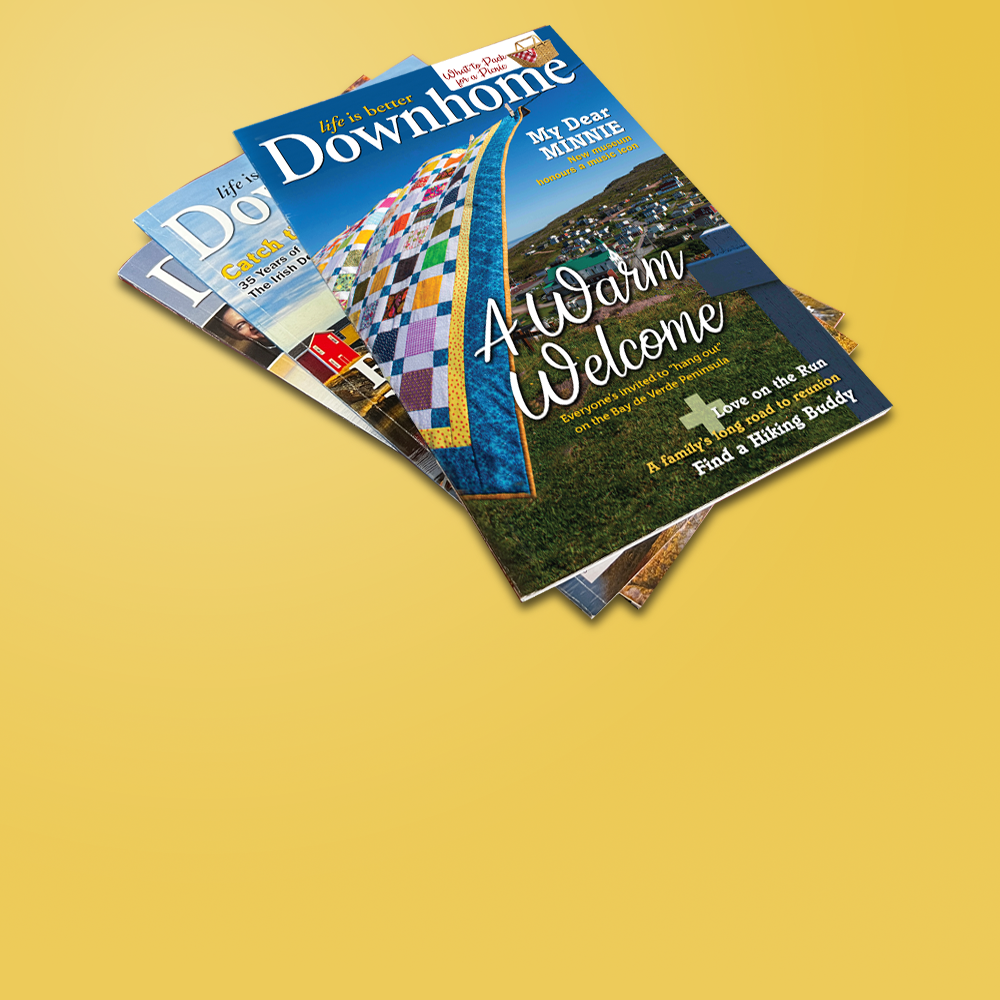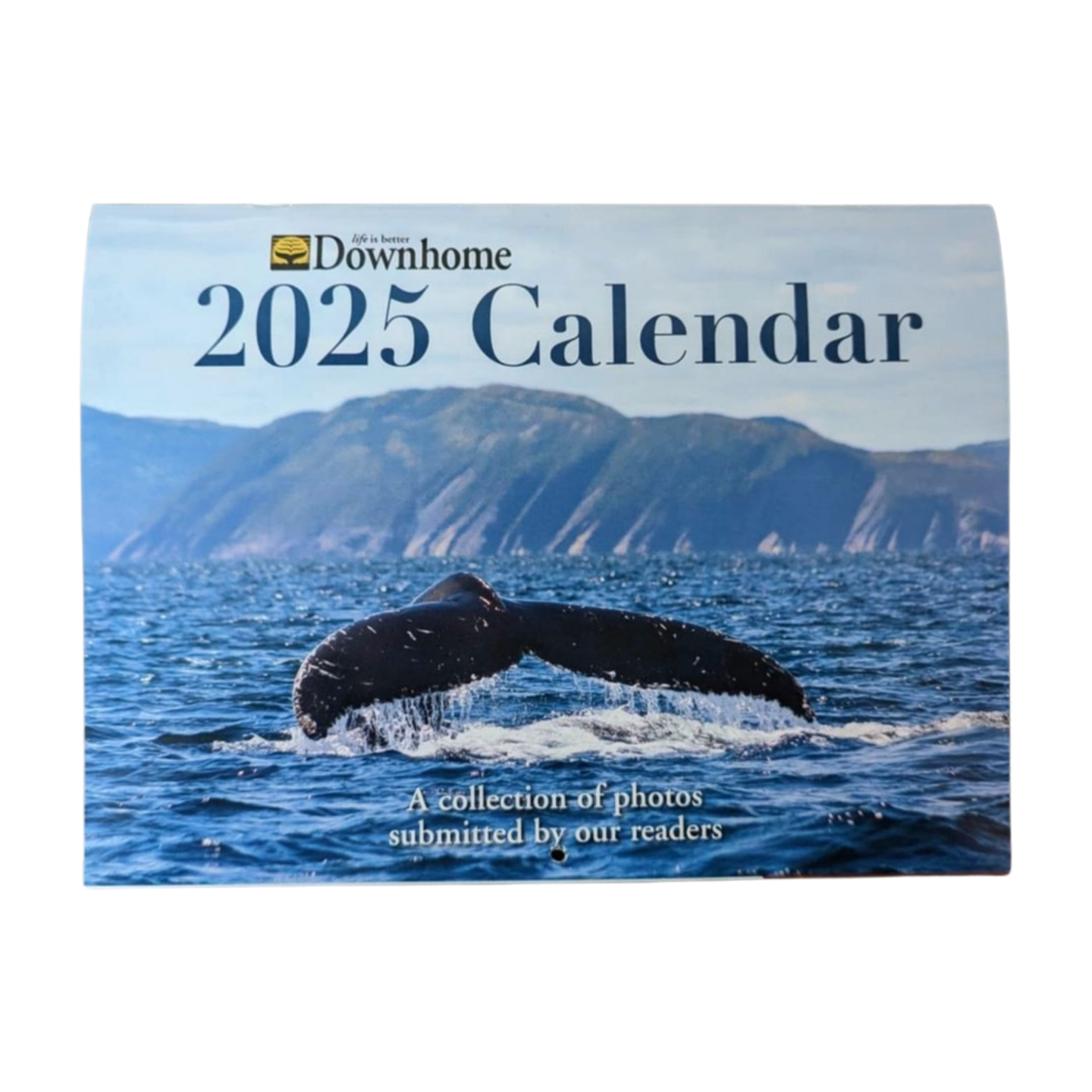By Hilding Neilson, PhD
Assistant Professor, Dept of Physics & Physical Oceanography
Memorial University of Newfoundland & Labrador
One of the spectacular natural events that can happen is a total solar eclipse. Just imagine being outside on a clear day where the Sun is shining brightly and the sky is blue without clouds in sight. As you are enjoying the weather you notice that it seems to be getting darker, but the Sun is still high in the sky. You look towards a reflection of the Sun on some surface (you should never look and/or stare directly at the Sun because it can cause eye damage) and see that something is happening to the Sun. The disk of the Sun is slowly being devoured by a dark object.
You notice that the Sun is disappearing and at the point the Sun is completely engulfed there is a flash of light then darkness. It’s nighttime in the middle of the day, which continues for a few long moments when there’s small growing light as the image of the Sun on the surface appears to return and things slowly return to normal. If a person has no idea what’s happening this would be terrifying, but fortunately, we’ve understood total solar eclipses for a very long time and now humans enjoy watching solar eclipses and being awed by their majesty.
On April 8, 2024, there will be the next solar eclipse that will be visible across a wide swath of North America from Northern Mexico and Texas up to the northeast United States, the Maritimes and Newfoundland and Labrador. From Port aux Basques in the southwest part of the island through central and out by Bonavista people will have a chance to experience a total solar eclipse while people from across Newfoundland and Labrador will experience a partial solar eclipse. This is the first total solar eclipse to occur in Newfoundland since 1972 and is a fantastic opportunity to experience these celestial events firsthand.
A total solar eclipse is just one kind of eclipse, there are lunar eclipses and annular solar eclipses. All of these eclipses occur at different times because of the orientation of the Earth, the Sun and the Moon. A lunar eclipse happens when the Earth is between the Sun and the Moon and the shadow of the Earth passes across the Full Moon making it appear darker and more red. On the other hand, a solar eclipse happens when the disk of the Moon passes in front of the Sun just before the lunar phase of the New Moon.
Eclipses occur because the Moon orbits the Earth every 27.5 days, though the time from one Full Moon to the next is about 29 days and the Earth orbits the Sun. As such, there are times when the Earth is between the Sun and the Moon and times when the Moon is between the Earth and the Sun. But eclipses do not occur every month because the orbit of the Moon around the Earth is tilted relative to the orbit of the Earth around the Sun, so these orbits only intersect a couple of times per year. This means we can have solar eclipses every six months or so, meaning we might see a partial solar eclipse where only part of the Sun is eclipse or an annular eclipse the Moon passes in front of the Sun leaving a ring because the Moon is a bit smaller than the Sun or we can see a total eclipse when the Moon completely engulfs the Sun.
The reason there are annular eclipses and total eclipses is that the Moon doesn’t orbit the Earth in a perfect circle, but in an ellipse where the circle is slightly squished. This means at some times the Moon is slightly farther away from the Earth and at some times it is closer. If the Moon is further from us then it will appear smaller in the sky and when it passes in front of the Sun it will be a little smaller than the Sun creating an annular eclipse. When the Moon is closer to the eclipse we’ll see a total solar eclipse and that is what we look forward to on April 8.
On April 8 regions that can experience totality will have a chance to watch the event starting around 4 pm where the time of total eclipse starts around 5:10 pm and ends just before 5:20 pm. The partial eclipse will continue until about 6:20 pm. Since it is a bit later in the day the Sun will be moving towards the west, so if you want to watch the eclipse try to find a place that offers a clear view to the southwest and west.
Also, if you want to watch the eclipse there are a few ways to make it enjoyable and safe. The key thing is that you should never stare or look directly at the Sun. Staring at the Sun without eye protection can lead to serious harm such as damaged retinas and blurred or spotty vision. This damage can be permanent in some cases. So the best way to enjoy an eclipse is to be prepared.
To safely watch the eclipse, observers can wear welding goggles or get eclipse glasses. Eclipse glasses are usually available and, at most cost only a few dollars, but you should make sure they are ISO-certified for safety. But there are other ways to enjoy the eclipse by making a pinhole viewer using a couple of index cards or a shoebox. This works by poking a hole in one card and holding it up to the eclipse with your back turned to it. The eclipse can be projected on the second card to be viewed. You can use a mirror to reflect the eclipse onto another surface. You can even use a colander like a pinhole viewer to project many images of the solar eclipse on another surface.
However, the best way to enjoy an eclipse is with a lot of people. The town of Gander is hosting the Solar Eclipse Soiree – Gander 2024 to view the eclipse. As Brian Williams, the Tourism Development Officer for the Town of Gander notes “This will be a fun and unique way to learn about, and experience, one of the natural wonders of the universe.” This is such a compelling event because “Most people in Central Newfoundland likely have not experienced or remember a total solar eclipse before, with the last one being 1971. This will be truly a once-in-a-lifetime event, something new and exciting!”
Along with the eclipse viewing, scientists and astronomy enthusiasts will be gathering in Gander before April 8 to give astronomy talks, offer telescope viewings and more. This is one of the most exciting natural events to occur in a long time, but not the last. After this solar eclipse, there will be a deep partial eclipse covering most of the Sun that will be visible in Labrador on March 29, 2025, to look forward to as well.









